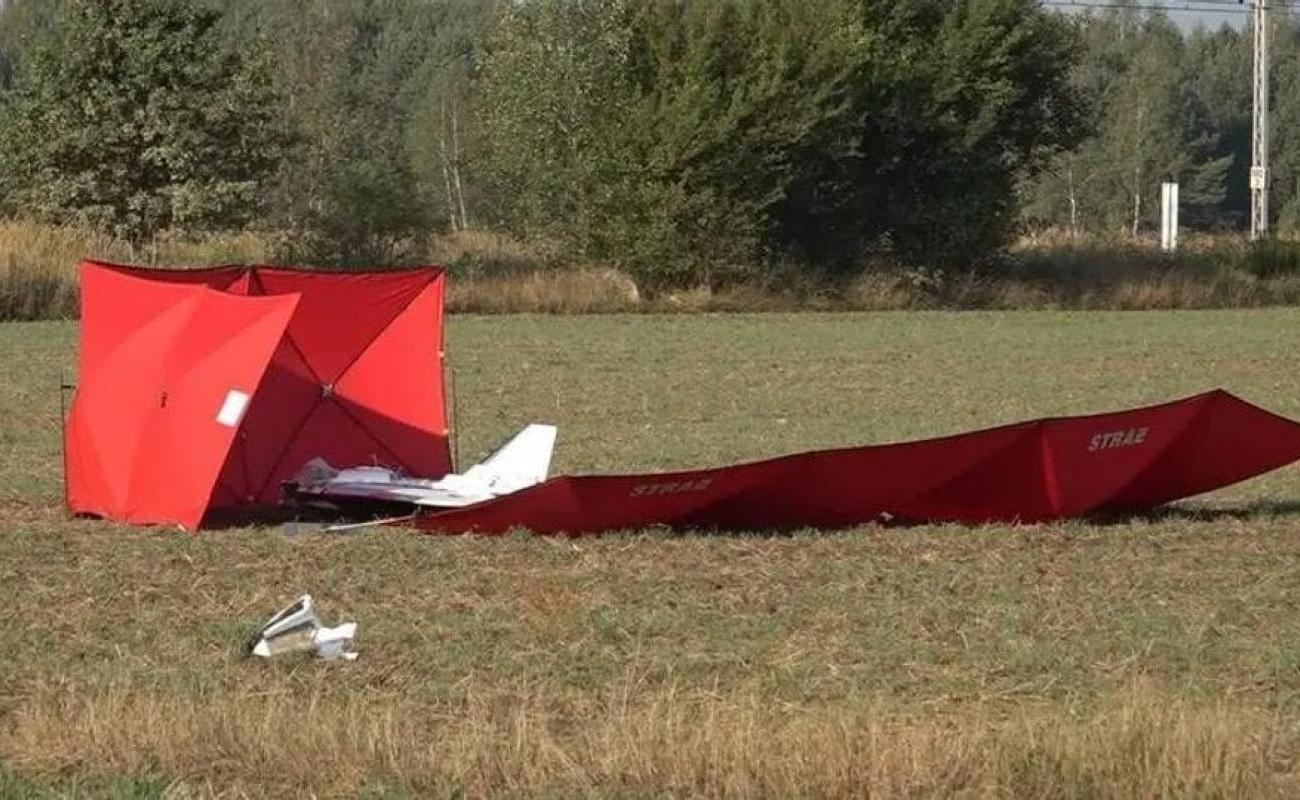Russian drone attack on Poland. What can be concluded?

The Russian drone attack on Poland is a targeted and rather large-scale provocation. It was assessed as such both in Poland and in Europe.
This is not a military attack, so Article 5 of the NATO Statute was not involved (the mechanisms of Article 4 of the NATO Treaty were used politically). But this incident became a serious warning and test for Poland and NATO.
First, the military and political reaction of Poland and NATO. Second, the reaction of the USA to this incident. After all, US President Donald Trump recently promised the new Polish President Nawrotsky that he would maintain security guarantees for Poland from the USA. Third, this incident was supposed to become a pretext for the Russian IPSO (information-psychological special operation) in the Polish information space, provoking a new wave of anti-Ukrainian and anti-war sentiments in Poland. After all, it was a demonstration of force on the part of Russia. They say that we are not afraid of NATO, the USA less, and Poland least of all. We do what we want.
How did Poland, NATO and the USA pass this test? To put it mildly, it is ambiguous.
A military reaction followed, including from NATO. Finally, they began to shoot down Russian drones, not turning a blind eye to the violation of NATO airspace. That is, NATO's military mechanisms worked. But their effectiveness raised many questions. As it turned out, NATO is not ready for such group attacks by military drones. And we are talking only about the invasion of about twenty drones, and not about the hundreds of military drones that regularly attack Ukraine. When a relatively cheap Russian drone is shot down by a missile costing hundreds of thousands of US dollars, this is not entirely adequate (and it seems that most of the drones were not shot down at all). By the way, we went through this problem three years ago. And NATO is still not ready for this. NATO's air defense system to combat group attacks by drones turned out to be unprepared.
There are even more questions about the political reaction. The diagnosis in Poland and NATO was correct, but the reaction to this incident was, as before, too slow and too cautious.
And on the American side there is no clear and tangible reaction to this incident at all. Trump's strange post on the social network can hardly be considered such a reaction.
Russia used the air incident with Russian drones in Poland to try to stir up anti-Ukrainian and anti-war sentiment in Poland. Russia claimed that Ukraine was to blame for this incident (they say that the Ukrainian electronic warfare system rejected the Russian drones and directed them towards Poland). Hundreds, if not thousands, of Russian bots spread this story in the Polish information space. There were "useful idiots" in Poland itself (I quote Polish politicians), and unfortunately in our country as well, who began to distribute the data of a dubious online survey and spread Russian narratives aimed at increasing Polish-Ukrainian hostility. However, the effect of this information special operation turned out to be limited. Moreover, Polish politicians (from different party camps) and millions of Poles have once again realized that the main threat to Poland comes from Russia. The growing awareness of real threats from Russia is becoming increasingly apparent in many European countries, especially those bordering Russia.
What conclusions should Poland and NATO draw?
First, it is necessary to strengthen its defense capabilities more quickly and effectively, in particular, to create a system of echelon air defense ready to repel both missile attacks and massive attacks by military drones. The most optimal option is for Ukraine to be integrated into this system (at least in the future, and now at least partially). And it is good that this is already being discussed at the official level. On September 11, President Volodymyr Zelensky, during a briefing with the President of Finland, Alexander Stubb, stated that Ukrainian experience and resources should become part of the European air defense system to protect the borders from Russia and Belarus. It is also necessary to prepare protocols for NATO's military-political response to various forms of violations of NATO airspace by Russia (from isolated provocative violations to actual combat attacks on NATO military facilities).
Secondly, NATO troops should not turn a blind eye to Russian violations of NATO airspace, but should immediately shoot down Russian drones and missiles, including on Ukrainian territory, in regions bordering NATO countries. Finally, Russia should be firmly warned that it is unacceptable to attack Ukrainian territories bordering NATO countries. NATO must show Russia strength and determination. Otherwise, there will be more than a mere repetition of the incident that occurred with the arrival of Russian drones in Poland. There will be a risk of real military attacks by Russia, including hybrid ones, on individual military facilities in NATO countries. Finally, it is obvious that military support for Ukraine must be strengthened, including air defense assets.
